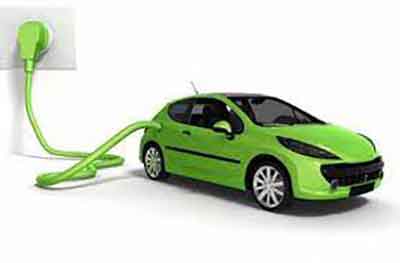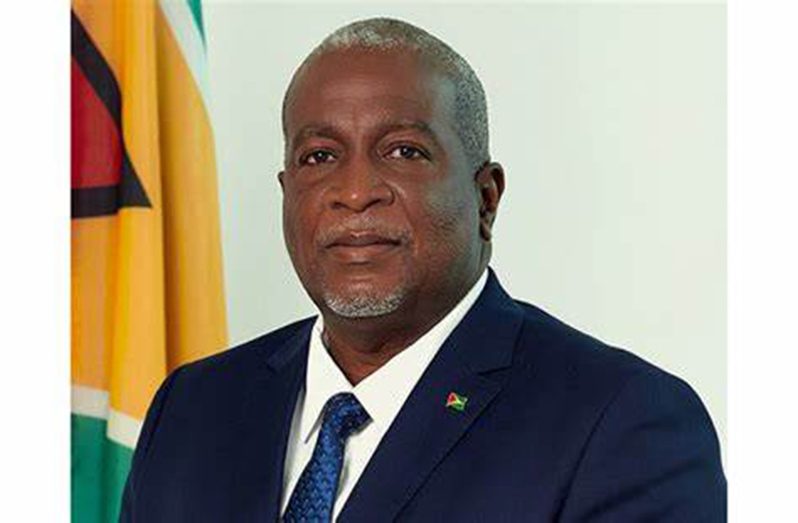GUYANA will be pursuing the establishment of low-carbon transportation infrastructure to reduce the demand for imported fossil fuels used for vehicular transport.
This is according to Prime Minister, Brigadier (Ret’d) Mark Phillips, in his address to stakeholders on the third day of the International Energy Conference and Expo, which ended on Thursday at the Marriott hotel, Georgetown.
 Prime Minister Phillips said Guyana remains committed to creating a low-carbon economy, while at the same time advancing its transition away from conventional energy sources.
Prime Minister Phillips said Guyana remains committed to creating a low-carbon economy, while at the same time advancing its transition away from conventional energy sources.
“To accomplish this, we intend to foster the development of an electric-vehicle industry to substitute fossil fuels with electricity, while enhancing the ability of the electric grid to integrate high levels of intermittent renewable energy.
“To this end, the installation of fast-charging stations for electric vehicles will be piloted in 2022 in Regions Three, Four and Six. This would be supplemented with future initiatives to increase efficiency levels of vehicle consumption of fuel,” the Prime Minister said.
He added that the new oil-producing nation intends to create an energy mix using low-carbon energy resources such as solar, hydro, wind, biomass and natural gas.
He said the energy mix will lead to the generation of more than 500 megawatts of newly installed energy over the next five years. It was pointed out that the gas-to-energy project will play a major role in this effort.
“The project will provide 300 megawatts of power to the national grid and is expected to result in substantial cost savings for power generation, while reducing electricity costs to consumers by at least 50 per cent. In parallel, the implementation of the 165 megawatts Amaila falls hydropower project will be advanced to further enhance our nation’s energy security,” Prime Minister Phillips said.
The Prime Minister added that Guyana’s energy transition will happen in three stages: from 2022 to 2027, there will be a combination of natural gas, hydro and solar power; stage two will see the replacement of heavy fuel oil, the expansion of wind farms and the commissioning of Guyana’s second hydro plant from 2027 to 2032.
The third phase, which will commence from 2032 onwards, will see the continued expansion of those projects, using new technology.
As it is now, Prime Minister Phillips said the government is developing solar farms and mini hydro-power systems in the hinterland, with close to $1.1 billion provided in budget 2022 for this purpose. He said that access to energy has far-reaching economic, environmental and social benefits.
“Consequently, in addition to serving domestic needs, it is important to link rural-electrification efforts to productive activities such as ICT, commerce, and agro-processing, to allow for greater community involvement, retention of skills in the community and long-term sustainability,” Prime Minister Phillips said.
The Prime Minister reiterated that Guyana remains committed to developing a low-carbon economy, and added that the transition to clean energy will remain a national priority.
(DPI)



.jpg)








